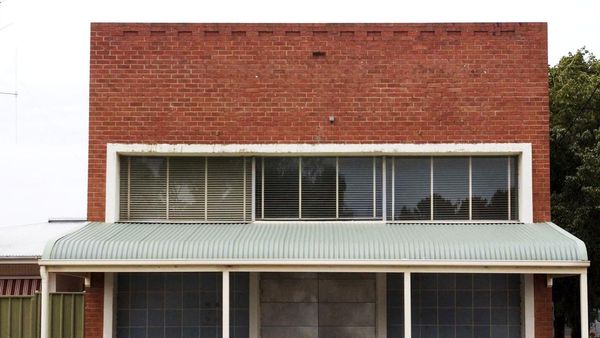University of Mysore Vice-chancellor G. Hemantha Kumar on Tuesday said statistics show that the research output of the university is sliding down fast. One ascribing factor may be faculty strength, he added.
Presiding over the workshop on Research Methodology and Publication organized at UoM here, he said the faculty and researchers need to shoulder more responsibility to climb up the ladder of the research landscape. Every effort from the research students must publish at least one research paper annually. One would expect a minimum of 1,000 papers published yearly by the researchers from the University of Mysore, he advised.
He said UoM has one of the promising libraries conducive to research work. “You, as a researcher, have access to Wi-Fi, electronic resources, databases such as Web of Science and IndStat, e-books and other facilities. The governments are investing substantially by way of various schemes of fellowships. The lower rankings impact on institutions’ funding negatively. “We need to improve upon the situation very consciously,” he opined.
The VC said the performance of University of Mysore is quite admirable under the challenging situation although not exemplary. Last year, it was accredited with the ‘A’ grade by NAAC and recently ranked 33 in the University category.
These gradings have placed UoM in the top position among the universities in the State. “We could have earned better rankings but for faculty strength and research output,” he explained.
Significant factors
Low employability of graduates, failing standards of teaching, unproductive governance, dwindling funds, and complex regulatory policies have compounded the problems already faced by the country. Access to higher education remains a distant goal for many aspirants. Presently, the figure stands at 27.19% from the target of achieving 32% by 2022, according to Prof. Kumar.
He suggested that the situation demanded a complete overhauling of the education system in India for quality education. The Union and State governments are trying to transform educational systems to cater to society’s aspirations.
New Education Policy
The New Education Policy (NEP) is an ambitious stride forward in revamping the educational system, including higher education. It is envisioned that the effective implementation of NEP would ensure a coveted place in the international education landscape.
Prof. Kumar explained that UoM took a leading role in implementing NEP in the State. Unfortunately, the unexpected COVID-19 pandemic became a stumbling block to its progress for the past three years. But, India’s attempt to manage the deadly disease is a model for the world.
He said higher educational institutions are growing in number rapidly. India has the world’s most extensive higher education system with more than 52,000 institutions. It is a four-fold increase in comparison with the 2001 figure. There is nothing much to rejoice about the numbers. The growing numbers have a snowballing effect on the challenges faced by the country.
Former VC S.R. Niranjan inaugurated the workshop. Former IISc Director P. Balaram was present.







